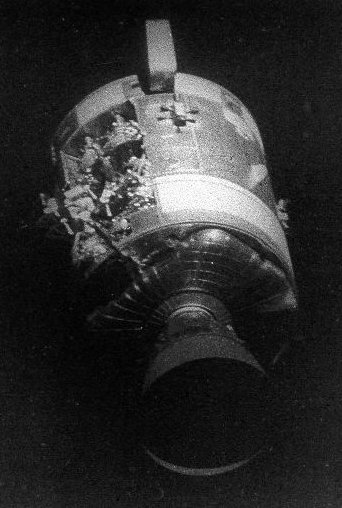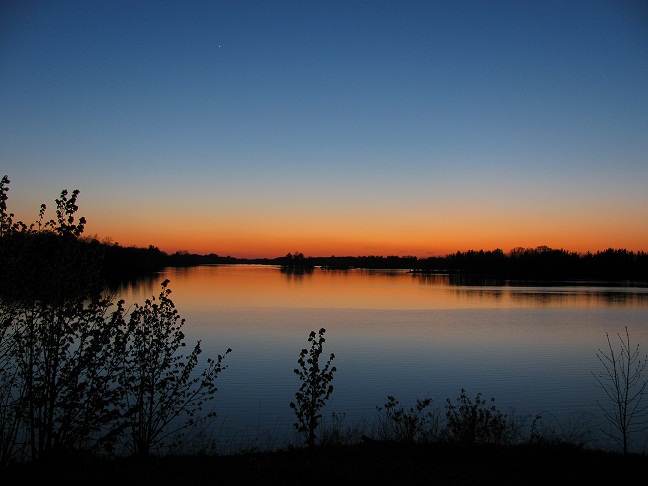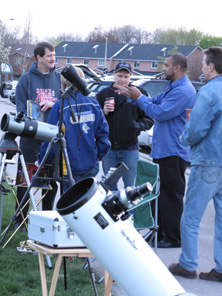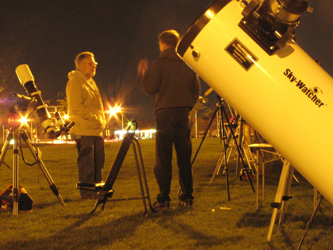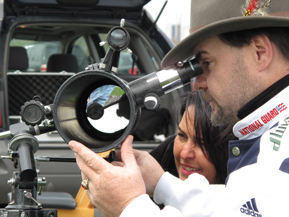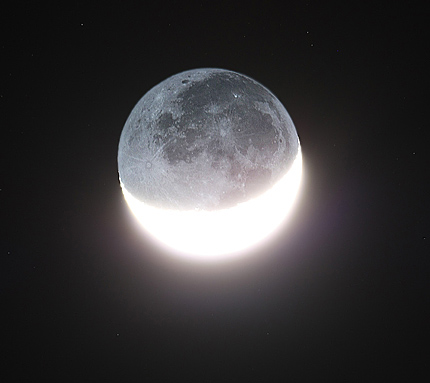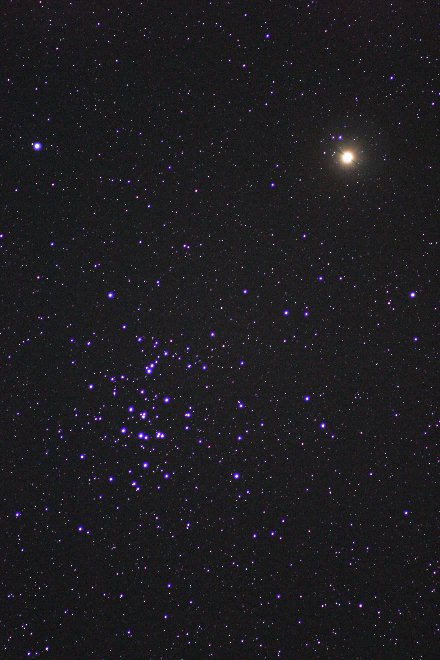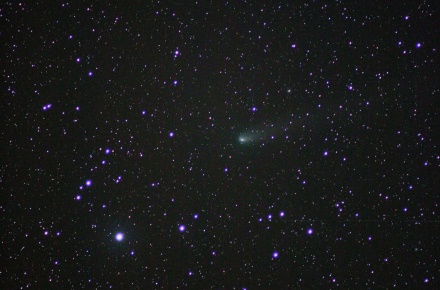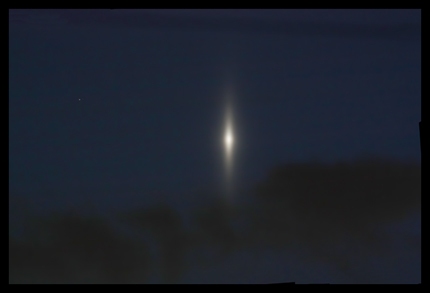My ever-ending quest to view all of the Messier Objects in numerical sequence was recounted in some detail in the April issue of the Event Horizon, our club newsletter.
In that report, M79 had been found.
M80 rises late, and M83 at 9:30 PM, so finding them before the big day of the full Messier Marathon would mean i could get ‘down to business’ with the Virgo Cluster right away instead of having to wait a few hours. Also, M93 sets before M80 rises, so it was necessary to do some advance preparation.
It is possible to sight M80 from the steps leading from my porch to the driveway, between the house and some large trees. There was some ‘mitigation’ necessary in order to block the glare from the neighbor’s porch lights due south of my porch. A leaf-bag hung strategically did the job.
The first night, i managed to spot M80, and the star field was sketched, but i could not recapture it when i tried again and the trees were coming in, and the star field did not match CDC enough for my liking. (When i sketch i look for triangles, stars in rows, angles, etc, and try my best to reproduce the stars near the galaxy location)
Trying again the next evening, it was confirmed definitively, and a more precise star field was made.
The Finderscope of the GWS is a 3.5 inch Nexstar and it’s comparable to the scope that Charles Messier used for some of his early comet hunting, so it was possible that it was all that would be required for the next few objects. The finderscope can either attach to the GWS or be tripod-mounted. This allows it to be used for astrophotography, as well as quick setup viewing.
On my front lawn in Burlington, positioning the scope such that street lights were shadowed by intervening tree trunks in 2 different directions, and having the porch light blocked for good measure, I tried to find M81. It took 4 trips downstairs to check the sky charts and devise a star hopping plan, because very few stars were visible due to background sky-glow. M81 was found, and a star hopping scheme devised which works with stars of magnitude 7. M82 was in the same field of view, but near the edge. Being on a tripod, it was not easy to adjust the view. I could barely make it out, even knowing where it was. I definitely saw something but only intermittently.
So last night, seeing the CSC indicating some clear skies near midnight, I packed my laptop, tripod, Big Binoculars and Finderscope into the VW and set out for Lynden. At least if it clouded over I could go indoors.
First, I checked with Ann who said that from her location on Hamilton Mountain, the western horizon was clear, and the sky above was clear, but it was very windy.
While travelling, I saw a bank of clouds arriving from the north. Although it was clear over Hamilton, it was going to be cloudy by the time I got to the farm.
No matter, I pressed onwards. When I arrived it was in time to watch some TV, lament the sudden return of the clouds, and do some light yard work for my buddy.
I then watched the Toronto Rock beat Rochester 14-6, and when it was 1 AM I realized it was time to give up and go home. I had brought the Binoculars and tripod indoors, and had been sizing up the clouds at intervals during the previous hours. Some sucker holes but nothing that would allow me time to set up the GWS or even to plan a star hopping path.
As I left for home, with the Big Binoculars and tripod in hand, I noticed a large clear area to the north and west, and the wind blowing the zenith clouds away. Eager to re-confirm my sighting of M82, I set up quickly, and star hopped my way to the right place, using the diagonally opposite stars in the Dipper to get me to the area, and then spotting an asterism of 5 brighter stars that point the rest of the way. I had needed to learn these in the soupy skies of Burlington.
Tonight, M81 and M82 practically jumped out of the sky and into my telescope! I could easily see their shapes, and they had significant sizes. They matched the sketch made 2 nights earlier, for location, but for sheer appreciation of their grandeur, this was grand indeed. It’s amazing how much more you can see in darker skies.
Having tried on Thursdsay night to see M83 from Burlington Waterfront Park (before 11 PM so as to not be in violation of the park rules), I had studied the charts and knew if I could find Arcturus, Spica, then I could extend the line to the next bright star, bearing a bit clockwise, and then there would be 2 more stars farther south. The diagonal between the leftmost of those two stars and my intermediate is neatly split in half by M83. On Thursday night there was so much cloud and haze that i could not make out any stars at all in the region i should be looking, although Arcturus and Spica could be seen, and my intermediate was just faintly discernible. I knew that i was not going to see any galaxies if I could only spot one star in the scope. But the practice paid off. I had a chance to apply what i had planned.
Pointing the Big Binoculars in the right direction, I was mildly surprised to see M83 looking back at me. Although I had been warned it was large and diffuse, (the RASC handbook lists descriptions for all of them) I could easily make out an area of nebulosity about a third the size of the full Moon.
I decided to sketch the star field, and confirm it later, rather than booting up the laptop and calling up the star charts to verify it on the spot, since the clouds were blowing in and i would not probably have enough time to try again anyways. Once the sketch was complete, i wanted to try with my finderscope on the tripod, in case the view might be more impressive. (the BB’s are the same diameter as my Finderscope, but the finderscope can use different eyepieces).
I reached for the finderscope. Having only one tripod, and not much time, I balanced it somewhat loosely on top of my BB’s and had a look. I could not point it accurately with glasses on, and switch to glasses-off viewing to see without moving it, so I refocused it for looking with glasses on. By then, the clouds were back, and that was a night.
On close examination of the star field using Cartes du Ciel at home, it corresponds perfectly with my sketch, and that M83 was in the right place too.
So my quest has chalked up another pair, and the next clear night will see me looking for a crowd of different galaxies starting with M84.
